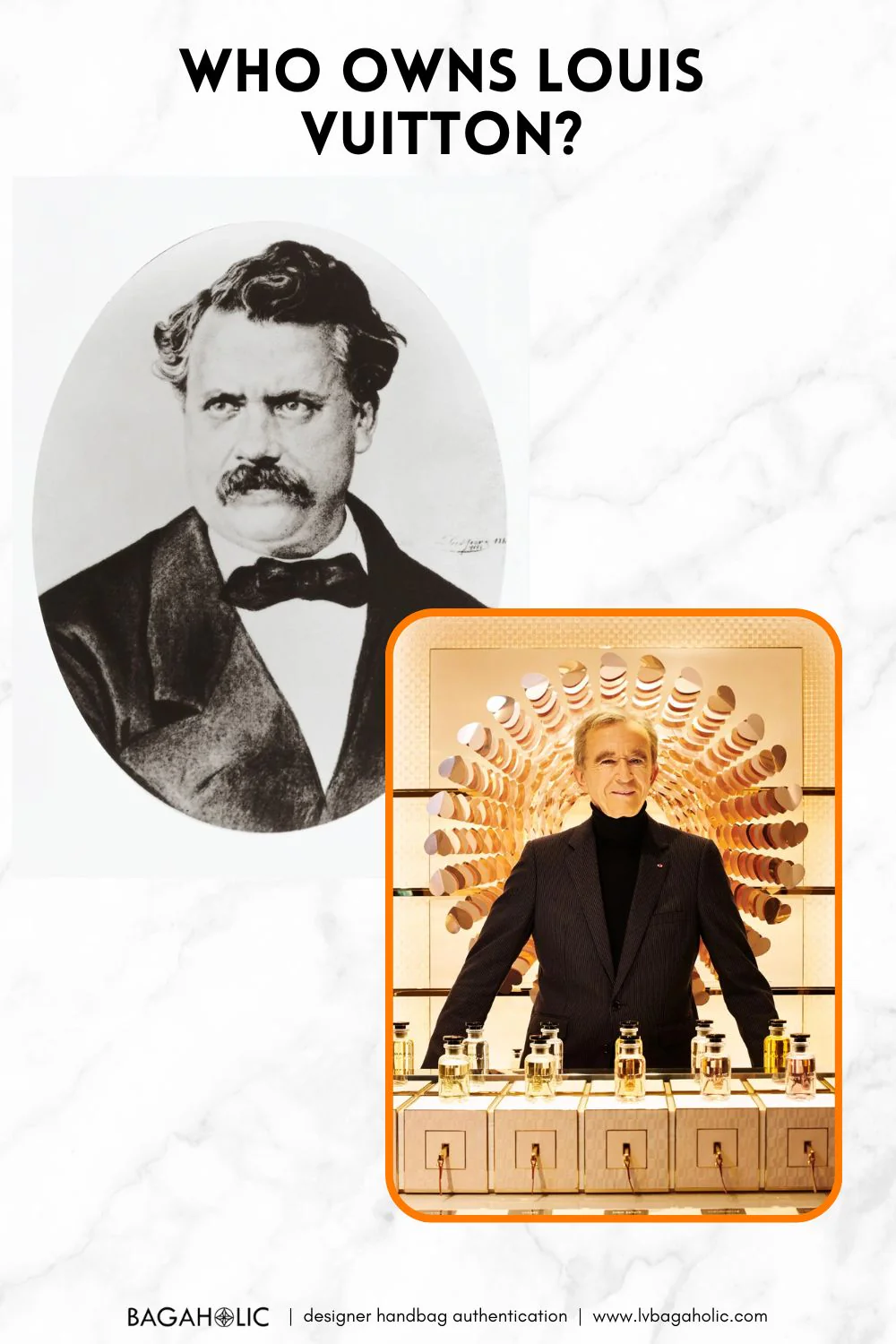
A few days ago, a customer contacted us with an inquiry about Louis Vuitton padlocks.
She owns several and was concerned that some might not be authentic. It was a valid concern.

As one of the top luxury bag brands, Louis Vuitton incorporates padlocks and keys into many of their handbags, including top sellers like the Speedy and Alma. These small details are a nod to the brand's rich history in luggage design, underscoring its status as one of the most valuable fashion brand in the world.
When we authenticate bags, we look at the various aspects. We're able to examine the leather quality and texture, the inside lining and the stitching, the hardware and some key details like stamps and date codes.
With padlocks, it's much harder just because the number of elements is very limited.
Let's see what we can examine when authenticating a Louis Vuitton padlock.
1) The metal surface
2) The engraving
3) The padlock number
Basically, that's is! No that many details can be found on a padlocks.
Let's review all of these elements.
1. The metal surface
The newer padlocks feature a smooth shiny surface in either Gold or Silver tone.

Vintage padlocks, especially locks from the French Company handbags, might be visually different though. The main difference would be the color. In the 1990s and 2000s the locks were made from brass, which wasn't that shiny and faded even more with time.

It's important to note that there are also other colors and textures for padlocks available on limited editions. For instance, that's what an authentic padlock looks on Sofia Coppola bag, a handbag from an expensive leather line. The lock is covered by leather and presents one of the most luxurious accessories released by Louis Vuitton.
2. The engraving
Louis Vuitton has a lengthy and rich history, reflected in the variations of materials and engravings on their locks, which differ based on the lock's age.

Vintage Louis Vuitton locks often feature a classic, patinated brass construction, giving them an antique gold appearance. The engravings on these locks typically display the LV logo or the Louis Vuitton name in a period-specific font. Locks from the 1970s feature a tall thick font, which is no typical at all for modern Louis Vuitton hardware.
With age, the metal may show signs of tarnish and develop a unique patina that adds to the vintage appeal. The lock design may also be more ornate or simpler than contemporary versions, reflecting the aesthetic and craftsmanship of the time it was produced.
Additionally, older locks frequently have a 3-digit serial number stamped into the metal. We'll get back to these serial numbers later.
Newer Louis Vuitton locks exhibit a range of engravings.
For instance, locks produced around the 1980s feature the inscription "LOUIS VUITTON PARIS MADE IN FRANCE" in capital letters. These locks also include a serial number near the keyhole at the bottom. Although their appearance differs from modern-day padlocks, they are indeed authentic.

During the same era, Louis Vuitton introduced another variation of locks. These featured engravings with more spacing between the top and bottom. The "MADE IN FRANCE" phrase was also in capital letters but positioned at the lower part of the lock, distinguishing it from other designs.

3. The serial number
Luxury brands frequently incorporate engravings, specific numbers, or symbols into their production process. This practice not only marks the item's origin but also serves as a means for verifying authenticity.
Unlike other serial numbers, the engraved digits on the locks don't mean anything in particular and cannot be used in authentication.
Summary
The story ended well for our customer. All of her 3 locks turned out to be authentic.
Need to Authenticate a Louis Vuitton Bag?
Need to authenticate Louis Vuitton? Order professional Louis Vuitton authentication services below. We have over 10 years experience authenticating this brand specifically and we've also been through many scams to learn how crucial it is to get a tip from a professional before you're transferring the funds to the seller.








